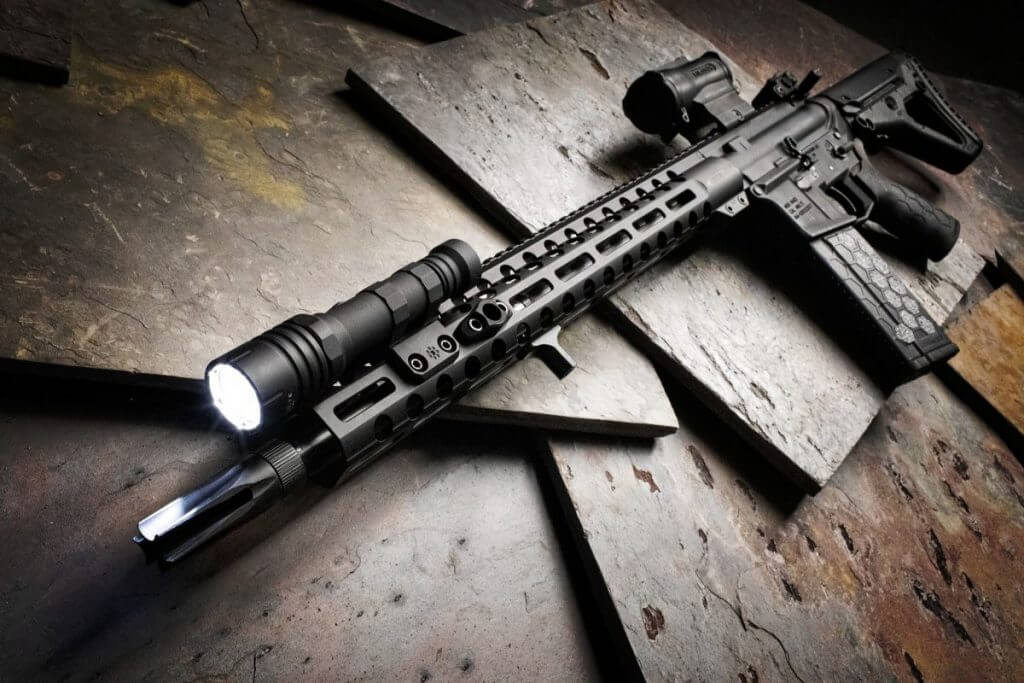

Rifle Mounted Lights Comparison
Special Contributor: Jay Landoe
I see many people asking about weapon lights, trying to wade through the many options and price points and performance metrics, often being bombarded by single sample size testimonials of overhyped underperforming options, and I felt it necessary to distill down the data to a few easily understood, readily verifiable bullet points. Keep in mind, these are data points established through my own experience and evaluation of different light options over the years in the military and as a motivated civilian defensive shooter, as well as data collected from vetted professionals with far more knowledge and experience than myself.
Before we get into the list, I think it is important to give a quick explanation of the difference between lumens and candela. Lumens is the raw output of a light source, the total amount of light that it emits. Candela is a measurement of a light’s ability to focus that light into a specific space. Think of lumens like horsepower, and candela like horsepower at the wheel. It doesn’t really matter how much horsepower you have if you can’t get that power to the wheel efficiently. The reason candela is so important when measuring light performance is because weapon lights need to be able to concentrate their light on a target to give the shooter as much information about the target as possible while preventing the target from getting any valuable visual information of their own. A 100 watt light bulb is rated at 1800 lumens, but you would never want one as a weapon light because it has no focus of that light. So when you see the different candela ratings in this article, this is why they are so important.
This is going to be a bit of a read, so settle in. And if you want the nitty gritty without the minutia, skip down to “TLDR”.
Here is the list:
Modlite, while a relative newcomer to the industry, has really upset the marketplace with their highly modular and mission focused configurable solutions. The OKW is currently at the top of the list as far as pure output performance is concerned, with a staggering 69,000 candela output providing clear PID out to 200m+ or eye searing optical plane denial at CQB distances, while the PLH rated at 1500 lumens and 29,000 candela, provides a wider spill and higher raw lumen output at the expense of candela, making it a very effective option for team members looking for wide flood to aid in clearing unfamiliar spaces. Modlite has more options for mission specific application than anyone else, from wide flood to light saber hotspot, warm or cool light temperature, two levels of IR output, as well as long and short bodies, all capable of being mixed and matched to fit every possible requirement, all compatible with the venerated Surefire tape switches and mounts, and with a growing aftermarket with companies like Valhalla Tactical and Reptilia creating new solutions to even more configuration requirements. That being said, they’re also well into the $400-500 price range when mounting solutions, endcaps, and tape switches are added to the price tag, which may put them outside the budget for many shooters.


A Modlite OKW Head/18650 Body with an Arisaka Mount
Cloud Defensive has the OWL, or Optimized Weapon Light, which is a monolithic powerhouse that prioritizes single mission focused performance (50,000 candela of warm high contrast light from a single 18650 battery) and almost literal bombproof reliability over modularity, compact size, or compatibility with other aiming devices. The OWL is a set it and forget it unit that can take more punishment than most rifles it will be mounted to, and pushes heavy hitting light on a broad scale, but some may find its size cumbersome, and it does not play well with with some shorter configurations or IR setups. Also, like the Modlite, the OWL is a near $400 investment, which puts it at the very top echelon as far as cost is concerned. If the cost and size aren’t an issue, the OWL is an easy choice for someone looking for the most durable, idiot and Marine proof option on the market.
Surefire maintains the lion’s share of the weapon light market, bolstered heavily by their extensive military contracts and pedigree. Surefire lights have a long held reputation for reliability and performance that have driven the professional grade lighting market for decades. The M600u is the mainstay of Surefire’s line, with a 600 lumen and 1000 lumen model pushing 16,500 and 22,000 candela, respectively( The newer M600U lights are rated at 11,300 Candela). Surefire’s newest addition, the M600DF, is rated at 1500 lumens, but is relatively inefficient with that output, with a candela rating of between 12,000 and 16,000 depending on who you ask. It also has suffered a number of reliability issues in relation to the “dual fuel” functionality, similar to the issues suffered by the Streamlight HLX lights discussed below. Unfortunately, most of the Surefire line has essentially been eclipsed by other options in the market, both in output and price point. That being said, notwithstanding the issues of the DF model, Surefire scout lights are still a highly reliable option that will last for years. Where Surefire continues to reign supreme is in the dual output, or “vampire” lights”, and in the pistol light market. The X300u is the gold standard of pistol lights, very reliable, with heavy hitting output and the ability to be used as a rifle light if necessary. There are other less expensive options, but the x300u is the light all other pistol lights are measured against. The M300v/M600v IR/white light scouts literally have no real competition, as modlite has no vampire style option and has stated it is doubtful they would ever make one. There is certainly a tradeoff in a vampire head, the output of the white light is relatively anemic compared to the heavy hitting white light options on the market, and the IR output is also not going to compare with a dedicated IR head like a Modlite 850/940, but the Vampire head fills a specific role and fills it very well. It effectively augments the IR illumination of an IR device, while providing sufficient white light for administrative or emergency applications just by twisting the head. There currently isn’t any other option like it on the market, and that is likely to stay that way for the foreseeable future.
Arisaka has been a relative sleeper in the industry, quietly putting out quality lights with solid performance using the highly regarded Malkoff heads for unparalleled reliability, but with what some would have considered anemic output when incorrectly evaluated solely on lumen counts. The E2ST 600 has been pushing 20,000 candela from its 550 lumen head, since long before anyone else knew candela was important. Even in the Glory Days of the Surefire M600, the Arisaka was outthrowing the 600 and 1000 lumen models at a lower cost ($180 vs $250+ for a Surefire) Recently, however, Arisaka has updated their 600 series line with the dramatically improved E2HT head, pushing 35,000 candela (up from the original 20,000) from 500 lumens with a 16650 or 2 cr123 batteries, out of a fully potted ultra durable Malkoff head without changing the price. It is still $180 and is now completely outstripping the entire Surefire white light lineup by a wide margin. It is currently the best value on the market for true duty level performance and durability, full stop.


Arisaka 600 with the Malkoff E2HT
Streamlight has a number of budget offerings with surprisingly solid raw output, notably the HLX, which pushes a very respectable 27,600 candela from its 1000 lumen head, and can typically be found as a complete kit with rail mount and tapeswitch for under $150. However, with that budget price comes a compromise, as they suffer from several reliability issues related to the tapeswitch and the design of the internal contact springs. Recoil flicker and premature tapeswitch failure are the most common issues, but some have also suffered from parasitic battery drain. These can be mitigated with an Arisaka tailcap adapter to allow the use of Surefire endcaps and tapeswitches, and is a worthwhile upgrade if you have one. As long as you keep the potential reliability issues in mind and take the proper precautions, the HLX can be a solid budget option for a home defense application, but would probably not he the ideal choice for a duty weapon.
TLDR:
Modlite: unmatched modularity and output, solutions for every possible application, Surefire peripheral compatibility, but with a steep price tag.
OKW: 680 lumens, 69,000 candela
PLH: 1500 lumens, 29,000 candela
Price: $250-$500 depending on configuration
Cloud Defensive OWL: singular mission focused brick shitter powerhouse with set it and forget it monolithic construction at the expense of reduced compatibility with certain mission specific configurations.
1250 lumens, 50,000 candela
Price: $300-400 depending on sale prices/secondary market
Surefire: Long standing top of the market, with a decades long track record of performance in military, LE, and civilian use all over the world, but currently outclassed in performance and value by several other options on the market. Still the gold standard for pistol lights, and the only option for dual output IR/White light.
M600U: 600 lumens w/16,500 candela; 1000 lumens w/22,000 candela
M600DF: 1500 Lumens, 16,000 candela
$250-$600
Arisaka: grossly underrated high output scout light using tried and proven Malkoff heads. After spending years in Surefire’s shadow, they have come out swinging with a true SF killer for 100 bucks less than anything in SF’s lineup.
Scout 600 E2HT: 500 lumens, 35,000 candela
Price: $180-$300
Streamlight: budget friendly option with solid performance that suffers from budget option reliability woes and dual fuel design issues.
Protac HLX:1000 lumens, 27,600 candela
Price: $100-$250
There are some other outliers in the market such as Steiner with their Mk4/Mk5 weapon lights, but I have only a short experience with the Mk4 and none with the Mk 5, so other than my initial impression of the Mk4 as being solid but anemic, with a lackluster proprietary tape switch, I can’t really give much in the way of recommendation for or against.
You’ll notice that Olight and Inforce are both conspicuously absent from this list. That is because both have demonstrated substantially lower reliability rates in rifle mounted applications (and pistol mounted for that matter). They do not currently have any offerings that warrant consideration for a rifle that one intends to trust with their life and the lives of their loved ones.
I hope this provides a baseline for those looking for weapon light options for their defensive setups. Keep in mind these are only my opinions and experiences, as well as data I have collected from other shooters and instructors, applied specifically to a civilian defensive firearm application. Duty rifle applications, with considerations of departmental restrictions/budgetary constraints/training protocols will certainly be a factor for the LE/.mil side of the equation.
– Jay Landoe




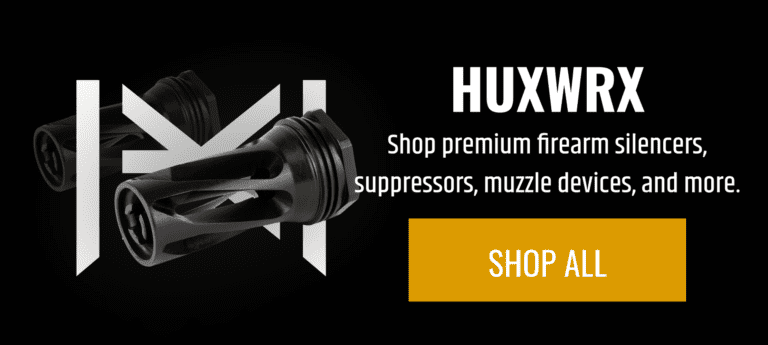
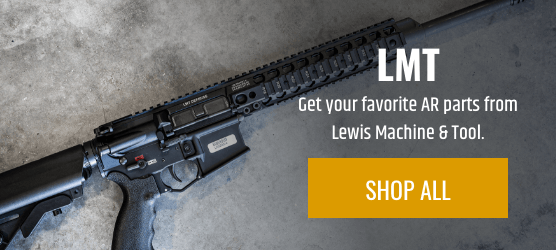
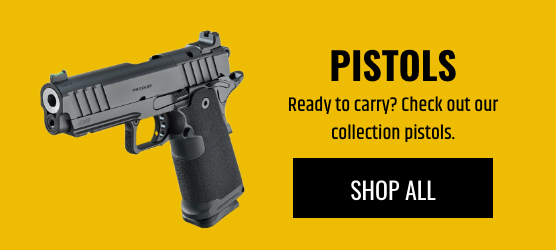
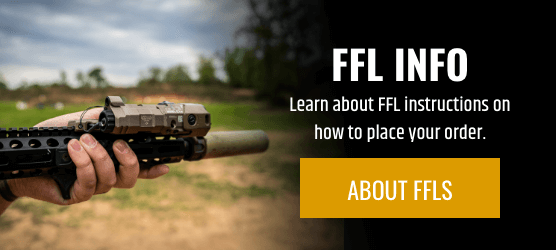

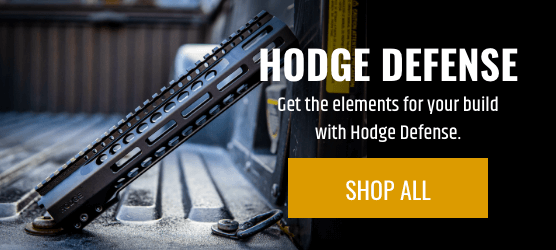
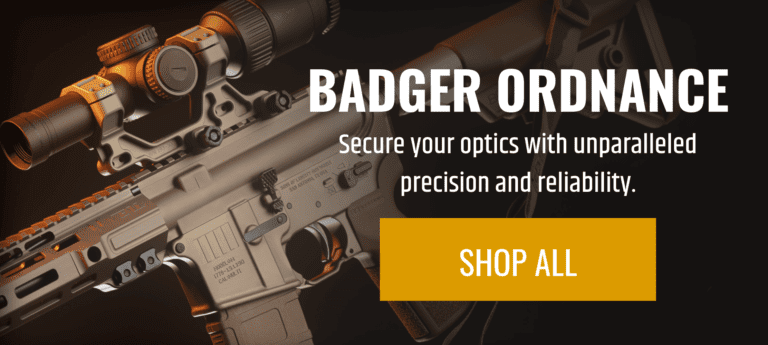
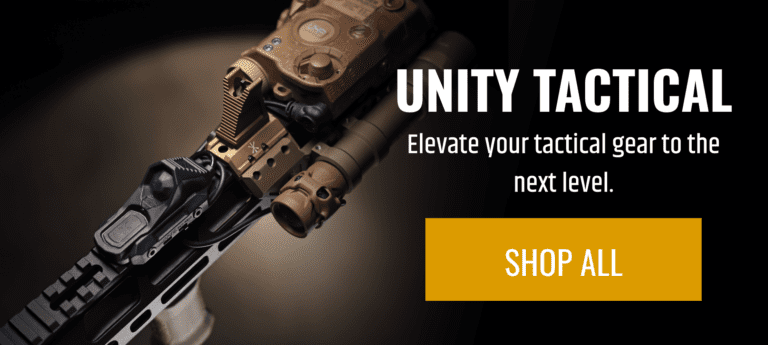
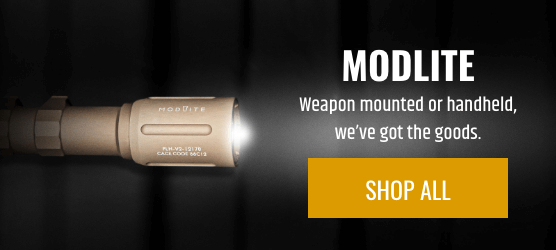
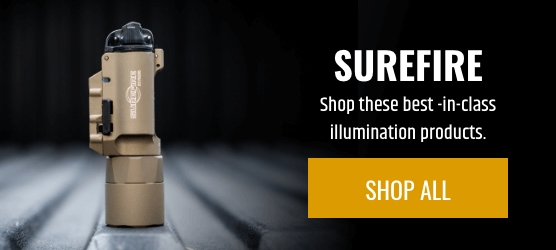
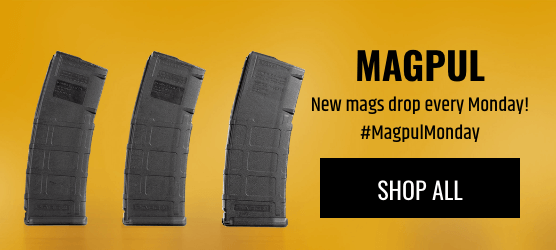






The best article written yet about wmls, I was searching for a great video or article to be able to pass to friends who are ready to plunk down $$ for what is considered one of the essential upgrades to any firearm. As a sidenote, I haven’t seen the specs listing the m600u as anything other than 11,000cd. Curious if Im missing that on the latest upgrade? Anyway fantastic article
I’m curious where you obtained the candela numbers for the Surefire M600U. All the literature I’ve seen rates it around 11,000 candela, not the 22,000 you have listed. Trying to decide between the 600 and the HLX, and if the 600 had that output it’d an easy decision.